There are many varieties of hydrangeas and these bloom in different parts of the summer
But the majority of our hydrangeas bloom in late July and August
Some of them become small trees
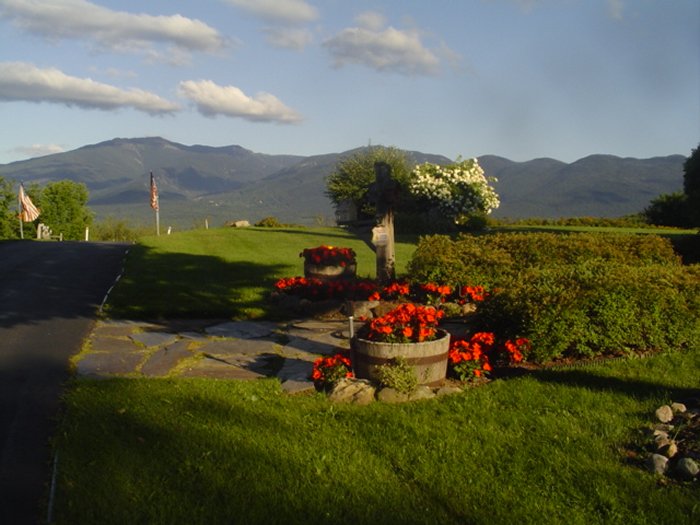
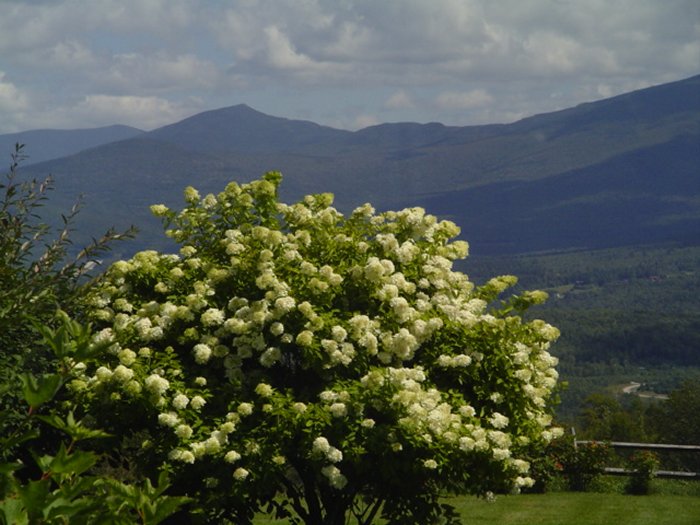
Set 2 of my Hydrangea Photographs in Late Summer
Bob Jensen at
Trinity University
The days are
getting shorter and the nights longer up in these mountains.
There are many varieties of hydrangeas and these bloom in different parts of the
summer
But the majority of our hydrangeas bloom in late July and August
Some of them become small trees


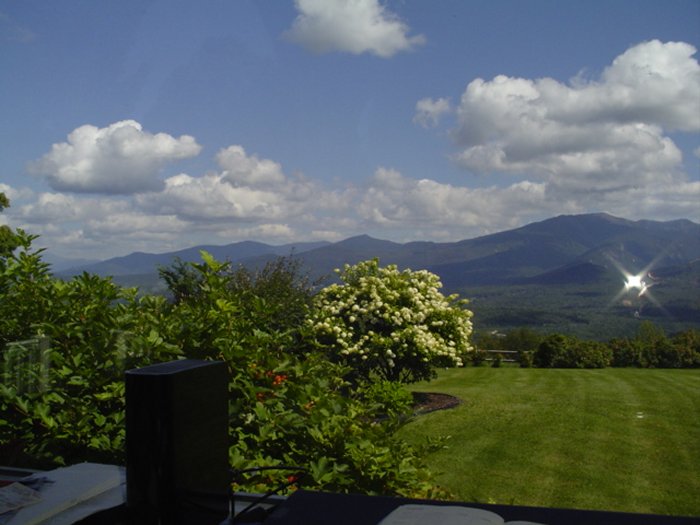
Note the moon in the next two photographs
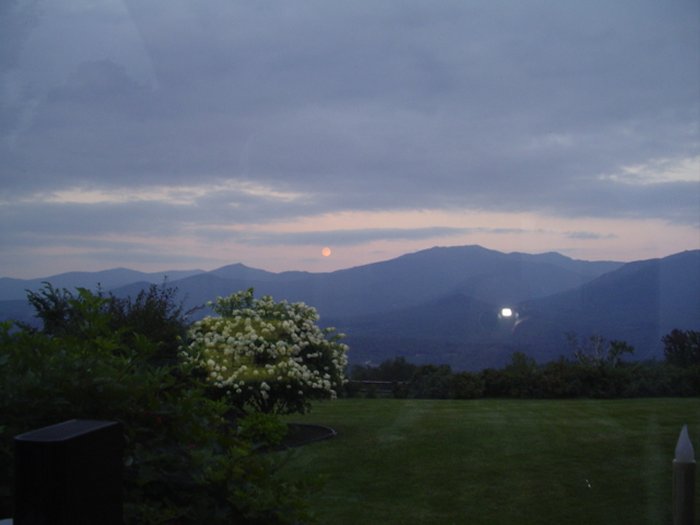
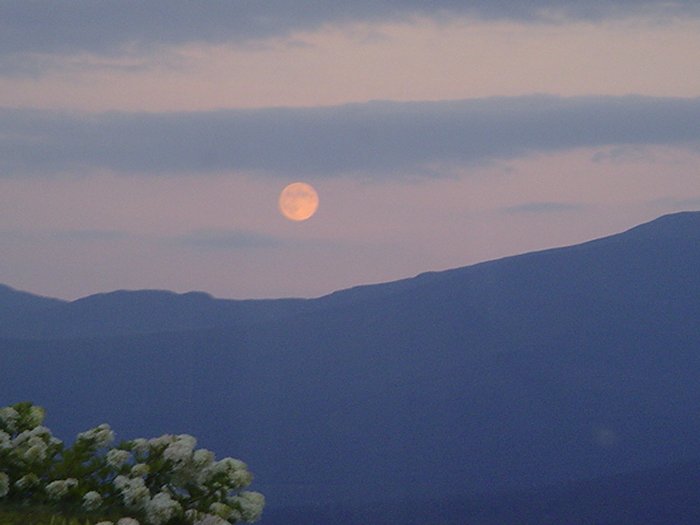
Some hydrangeas have small white fluffer balls
and other bushes have enormous puff balls
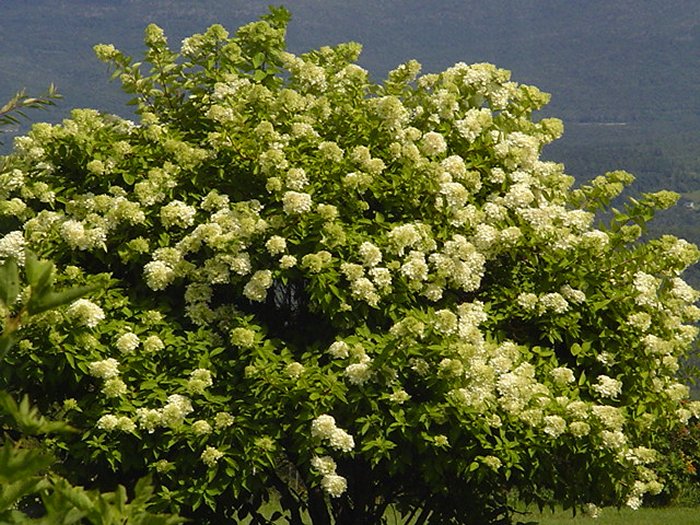
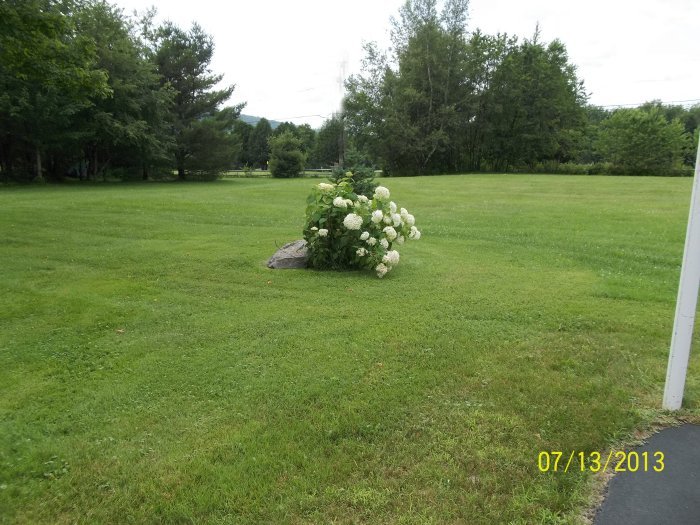
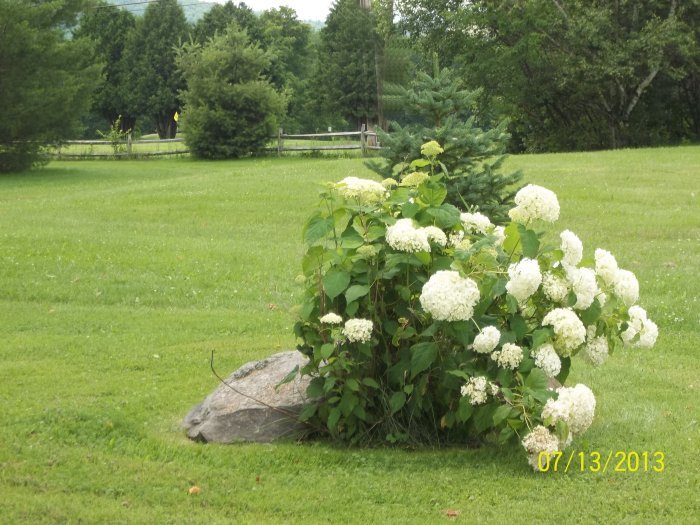
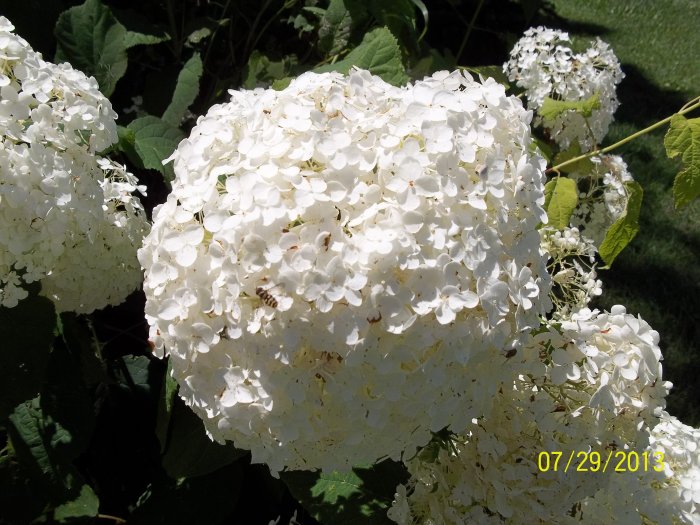
Hydrangeas can bloom in other colors like green,
blue, and orane
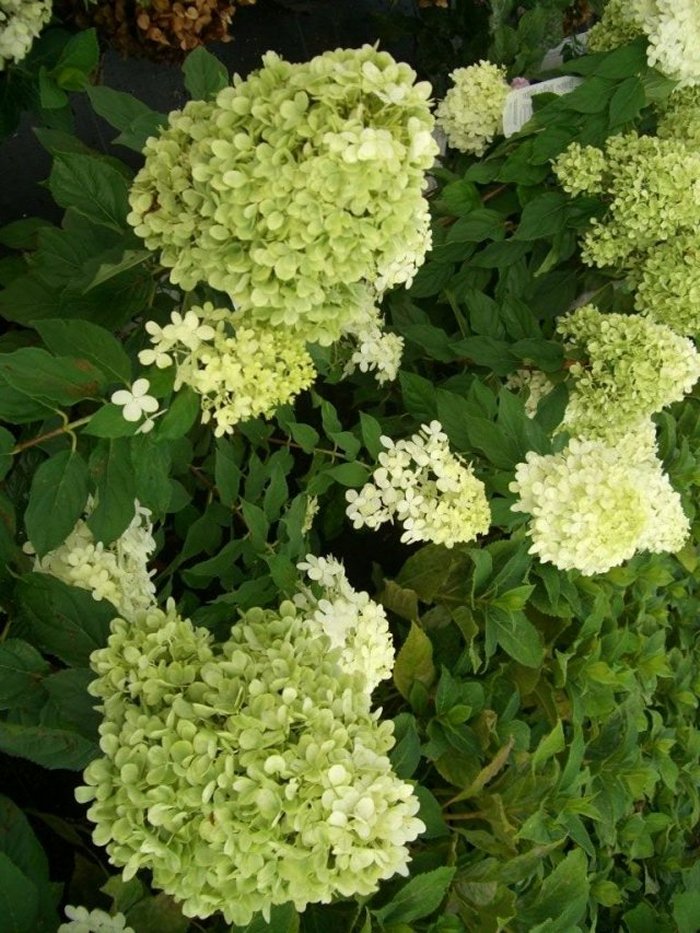
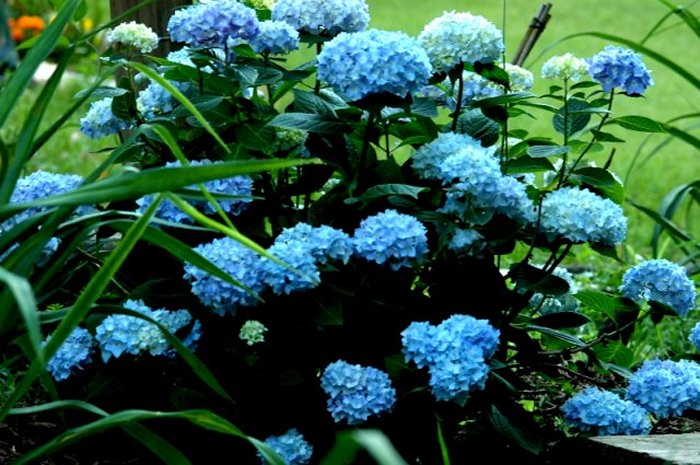
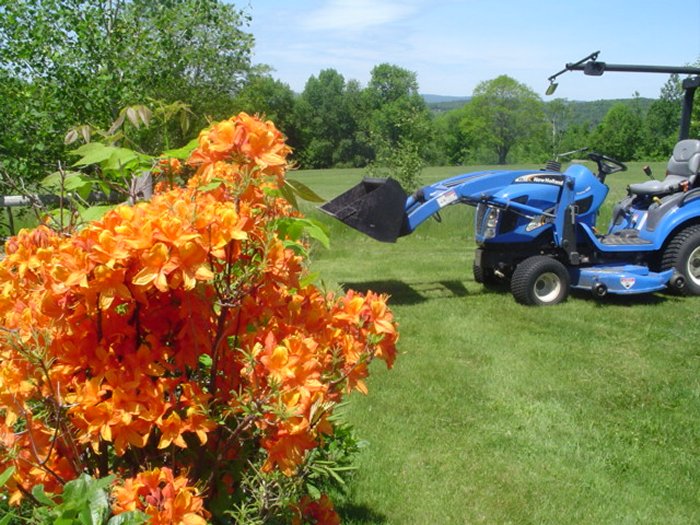
These are my sunflowers and a hydrangia called a butterfly bush because it is
favored by butterflies
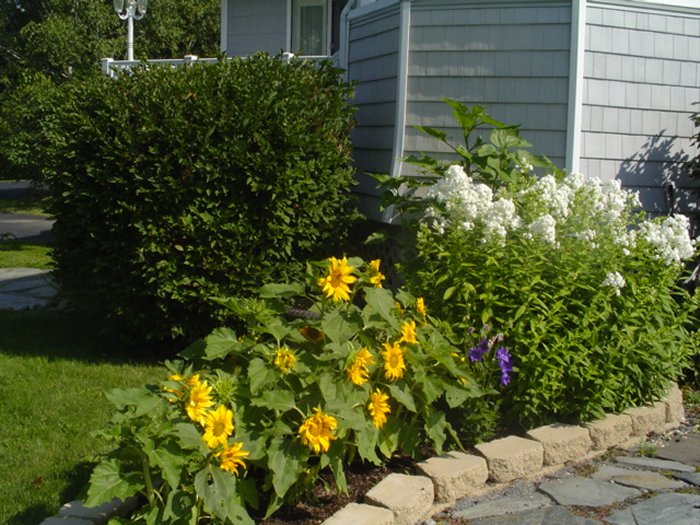
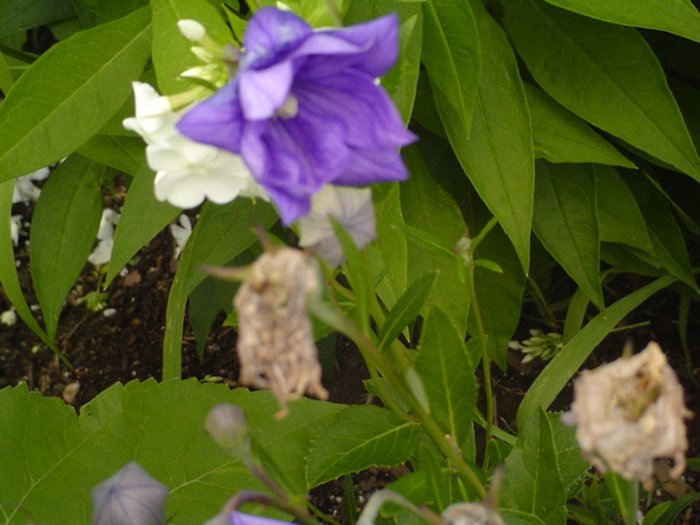
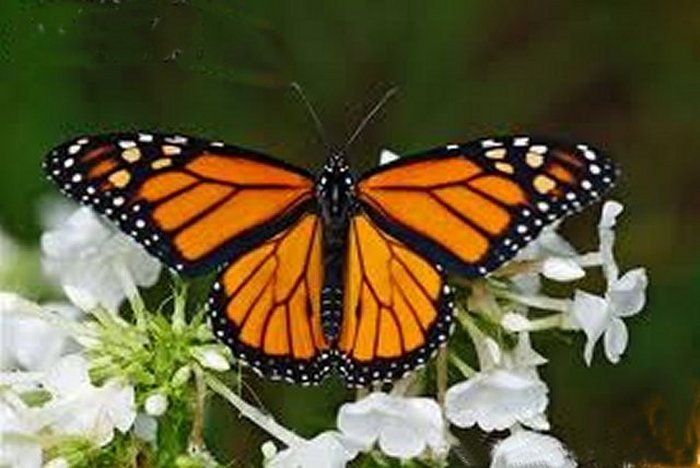
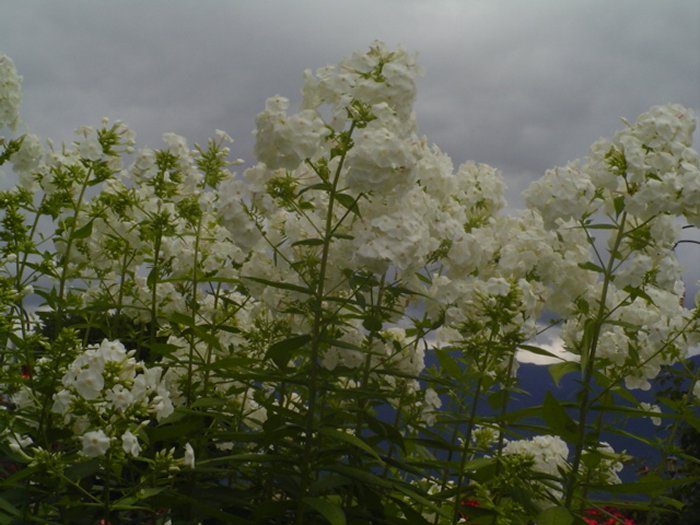
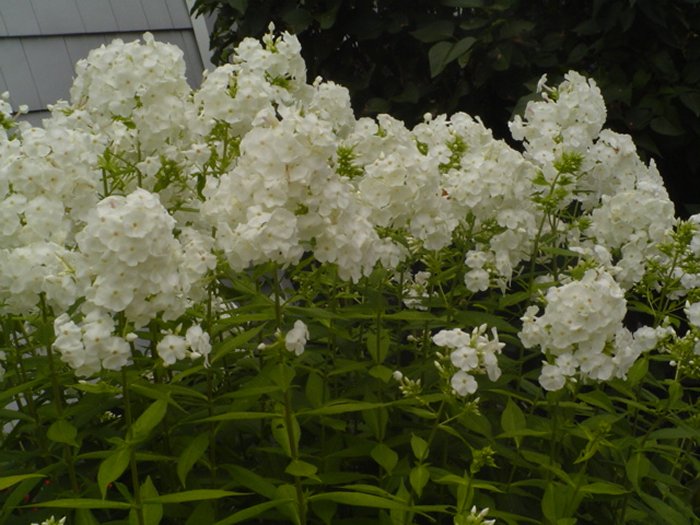
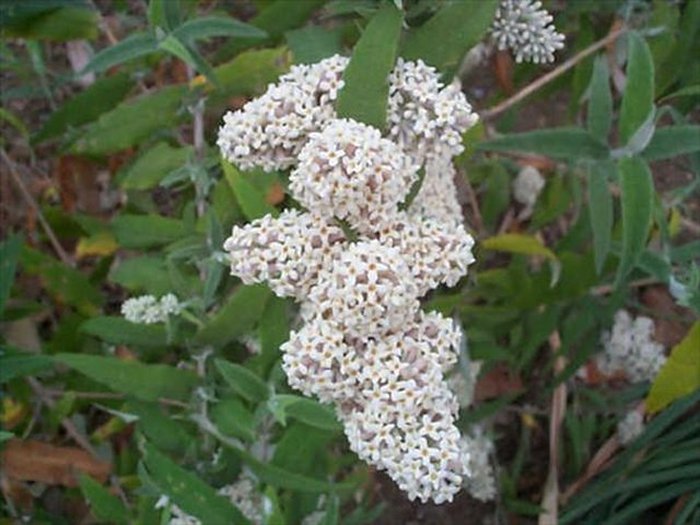
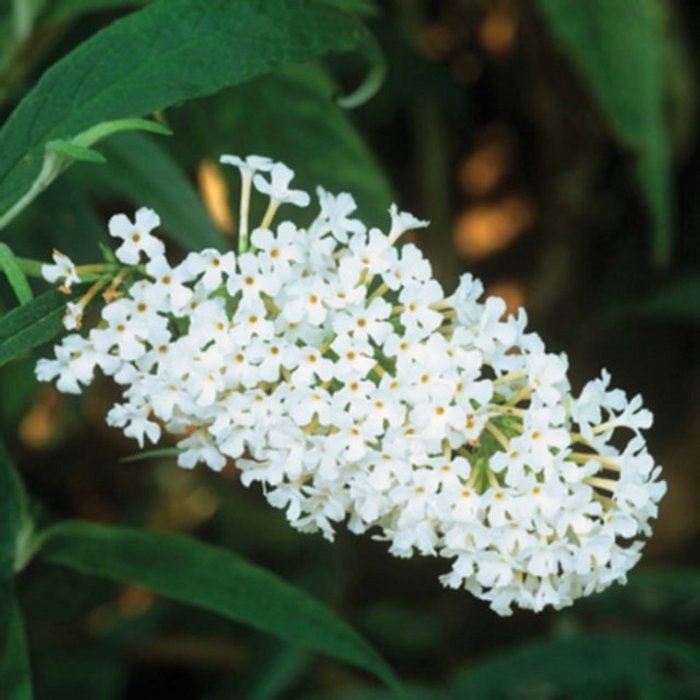
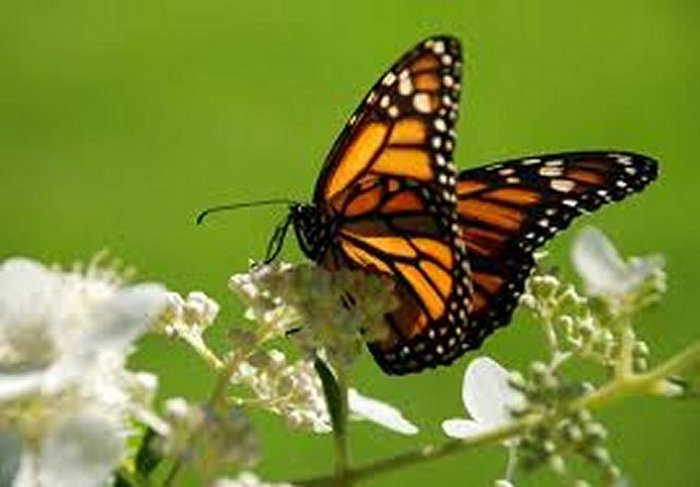
White hydrangeas are not so pretty in the foliage season when they turn into a
dirty pink
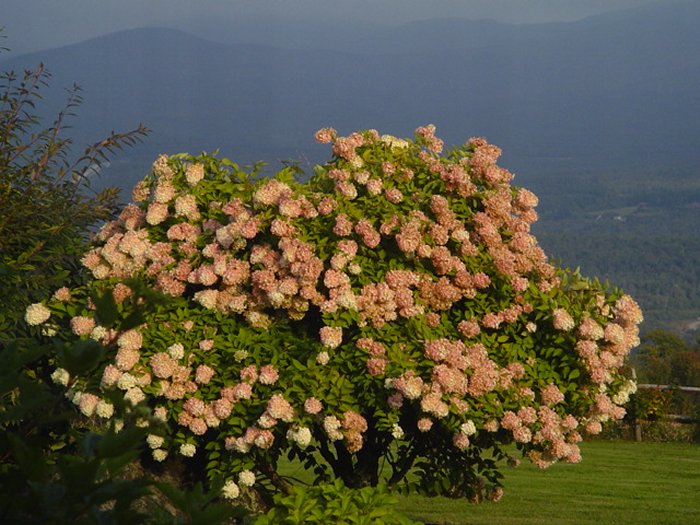
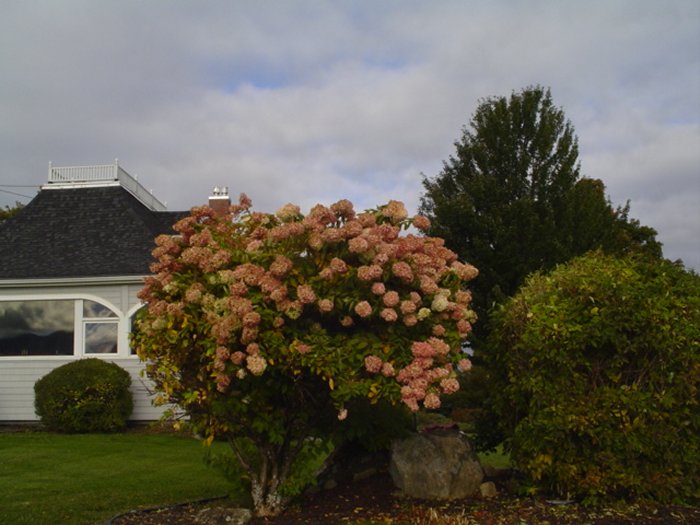
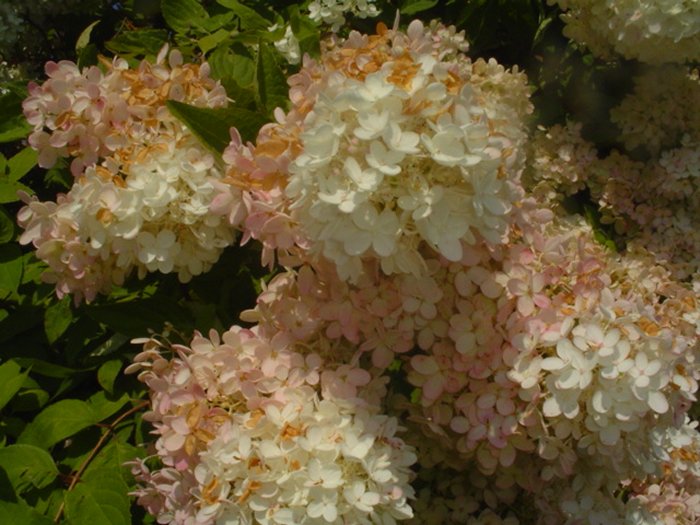
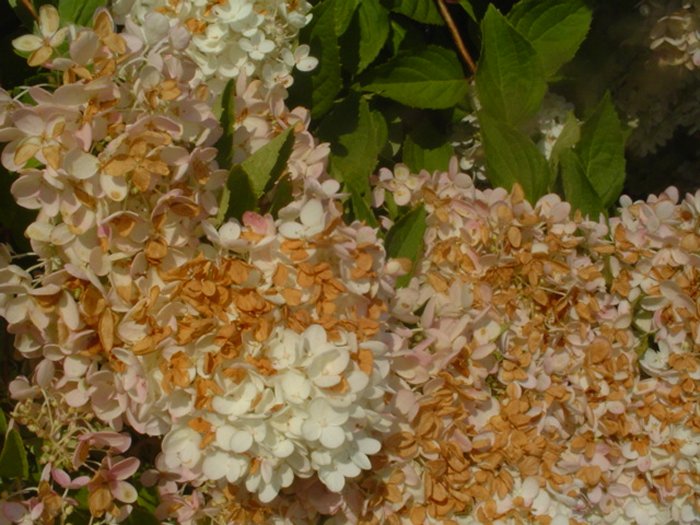
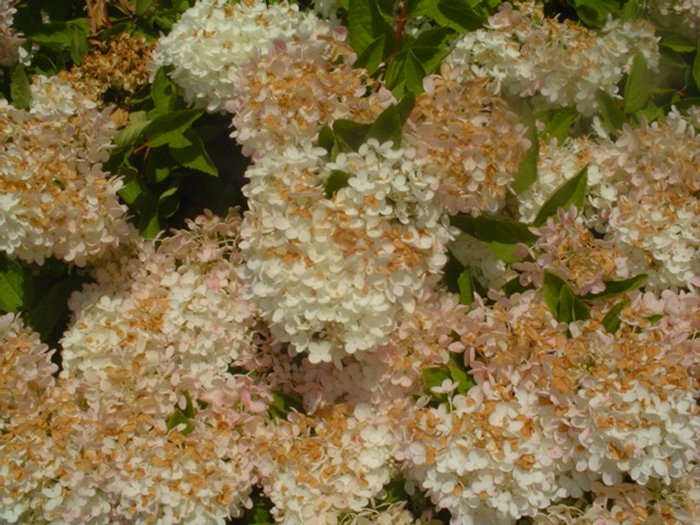
Hydrageas blooms can withstand heavy winds
In wintertime some the ugly brown blooms cling to the branches until springtime
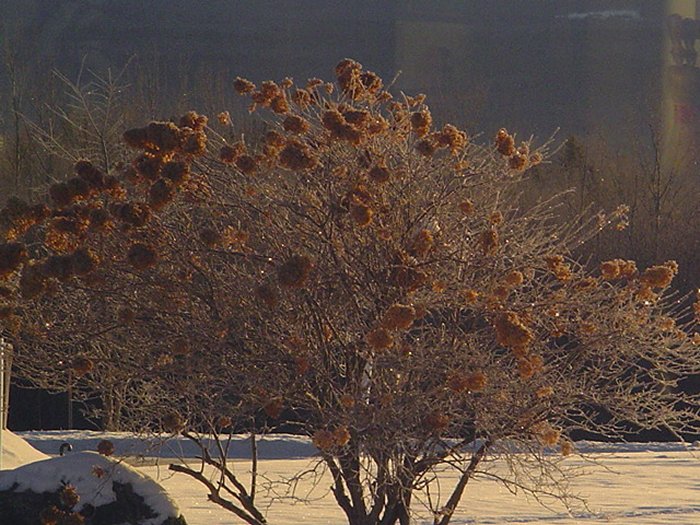
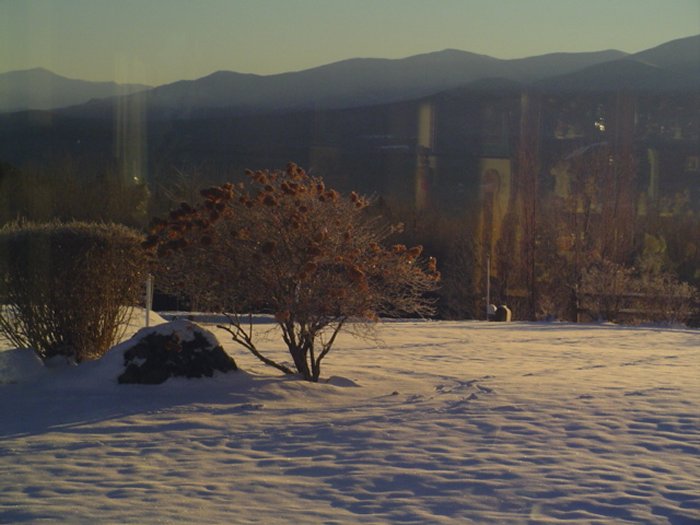
Set 2 of my Hydrangea Photographs in Late Summer
http://www.trinity.edu/rjensen/Tidbits/Hydrangeas/02/Hydrangeas02.htm
Hydrangea --- http://en.wikipedia.org/wiki/Hydrangea
Hydrangea common names Hydrangea and Hortensia) is a genus of about 70 to 75 species of flowering plants native to southern and eastern Asia (China, Japan, Korea, the Himalayas, and Indonesia) and North and South America. By far the greatest species diversity is in eastern Asia, notably China, Japan, and Korea. Most are shrubs 1 to 3 meters tall, but some are small trees, and others lianas reaching up to 30 meters by climbing up trees. They can be either deciduous or evergreen, though the widely cultivated temperate species are all deciduous.
Having been introduced to the Azores Islands of Portugal, they are now very common there, particularly on Faial, which is known as the "blue island" due to the vast number of hydrangeas present on the island, Terceira, named the "lilac island" for hydrangeas of that colour, on Flores Island ("Island of Flowers") and São Miguel, named the "green island" for its floral biodiversity.
Species in the related genus Schizophragma, also in Hydrangeaceae, are also often known as hydrangeas. Schizophragma hydrangeoides and Hydrangea petiolaris are both commonly known as climbing hydrangeas.
There are two flower arrangements in hydrangeas. Mophead flowers are large round flowerheads resembling pom-poms or, as the name implies, the head of a mop. In contrast, lacecap flowers bear round, flat flowerheads with a center core of subdued, fertile flowers surrounded by outer rings of showy, sterile flowers. The flowers of some rhododendrons can appear similar to those of some hydrangeas, but Rhododendron (including azalea) is in a different order.
Colors and soil acidity
Hydrangea flowers are produced from early spring to late autumn; they grow in flowerheads (corymbs or panicles) at the ends of the stems. In many species, the flowerheads contain two types of flowers, small fertile flowers in the middle of the flowerhead, and large, sterile bract-like flowers in a ring around the edge of each flowerhead. Other species have all the flowers sterile and of the same size.
Colors and soil acidity
In most species the flowers are white, but in some species (notably H. macrophylla), can be blue, red, pink, light purple, or dark purple. In these species the color is affected by the pH of the soil; acidic which can be taken up into hyperaccumulating plants.[For H. macrophylla and H. serrata cultivars, the flower color can be determined by the relative acidity of the soil: an acidic soil (pH below 6) will usually produce flower color closer to blue, whereas an alkaline soil (pH above 6) will produce flowers more pink.
Butterfly Bush --- http://en.wikipedia.org/wiki/Buddleja
Buddleja, or Buddleia commonly known as the butterfly bush,[4] is a genus of flowering plants. The generic name bestowed by Linnaeus posthumously honoured the Reverend Adam Buddle (1662–1715), a botanist and rector in Essex, England, at the suggestion of Dr. William Houstoun. Houstoun sent the first plants to become known to science as buddleja (B. americana) to England from the Caribbean about 15 years after Buddle's death.
More of Bob Jensen's Pictures and
Stories
http://www.trinity.edu/rjensen/Pictures.htm
WhiteMountainHistory.org ---
http://whitemountainhistory.org/
Over 70 Historical Photographs ---
http://photos.whitemountainhistory.org/AlbumHomeView.aspx
Blogs of White
Mountain Hikers (many great photographs) ---
http://www.blogger.com/profile/02242409292439585691
Especially note
the archive of John Compton's blogs at the bottom of the page at
http://1happyhiker.blogspot.com/
AMC White Mountain Guide: Hiking Trails in the White Mountain National
Forest ---
http://books.google.com/books/about/AMC_White_Mountain_Guide.html?id=V6-hFq6yHcAC
Find Hiking Trails --- http://www.traillink.com/?gclid=CPPLy8-wt7ECFYNx4AodR2QAsQ
Seven Mile Ford Farm (Wes Lavin) ---
http://www.facebook.com/media/set/?set=a.696607201622.2152004.20102311&type=3&l=2d76bf4dc6
Photographs of Vergennes (Oldest Village in Vermont) http://cdi.uvm.edu/collections/getCollection.xql?pid=bixby
Historic Barn Etchings Tell Tale of
Hard-Working Children ---
Click Here
http://www.openculture.com/2012/06/historic_barn_etchings.html?utm_source=feedburner&utm_medium=email&utm_campaign=Feed%3A+OpenCulture+%28Open+Culture%29
What Goes on in a Garden? --- http://www.youtube-nocookie.com/embed/xHkq1edcbk4?rel=0
Photographs of Vergennes (Oldest Village in Vermont) http://cdi.uvm.edu/collections/getCollection.xql?pid=bixby
Historic Barn Etchings Tell Tale of
Hard-Working Children ---
Click Here
http://www.openculture.com/2012/06/historic_barn_etchings.html?utm_source=feedburner&utm_medium=email&utm_campaign=Feed%3A+OpenCulture+%28Open+Culture%29
On May 14,
2006 I retired from
Trinity University after a long and
wonderful career as an accounting professor in four universities. I was
generously granted "Emeritus" status by the Trustees of Trinity University. My
wife and I now live in a cottage in the White Mountains of New Hampshire ---
http://www.trinity.edu/rjensen/NHcottage/NHcottage.htm
Bob
Jensen's Blogs ---
http://www.trinity.edu/rjensen/JensenBlogs.htm
Current and past editions of my newsletter called New
Bookmarks ---
http://www.trinity.edu/rjensen/bookurl.htm
Current and past editions of my newsletter called
Tidbits ---
http://www.trinity.edu/rjensen/TidbitsDirectory.htm
Current and past editions of my newsletter called
Fraud Updates ---
http://www.trinity.edu/rjensen/FraudUpdates.htm
Bob Jensen's past presentations and lectures
---
http://www.trinity.edu/rjensen/resume.htm#Presentations
Our
address is 190 Sunset Hill Road, Sugar Hill, New Hampshire
Our cottage was known as the Brayton Cottage in the early 1900s
Sunset Hill is a ridge overlooking with
New Hampshire's White Mountains to the East
and Vermont's
Green Mountains to the West
Bob Jensen's Threads --- http://www.trinity.edu/rjensen/threads.htm
Bob Jensen's Home Page --- http://www.trinity.edu/rjensen/